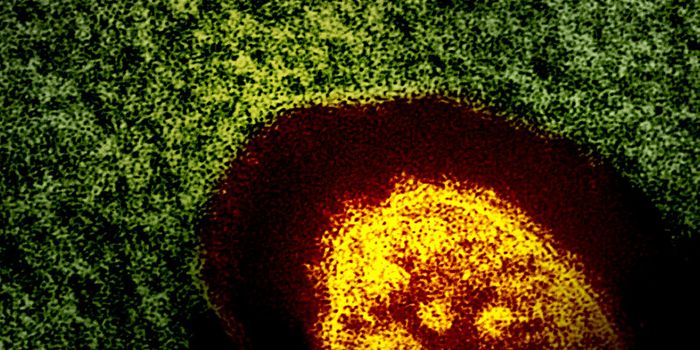Study Explores the Effects of Cannabis on RSN Connectivity
A study published in the Journal of Psychopharmacology found that cannabis use alters the connectivity of a specific brain known as the executive control network. The researchers used resting-state functional magnetic resonance imaging (rs-fMRI) to examine brain function of 140 participants. Resting-state networks (RSNs) are brain regions that demonstrate synchronized activity even when a person is not engaged in a specific task. This study aimed to clarify the context of particular RSNs, including the default mode network, the executive control network, and the salience network. The default mode network is influential in memory, recall, and planning activities, while the executive control network is involved in completing external cognitive tasks. The salience network regulates the brain’s response to external and internal stimuli.
The researchers aimed to determine if there are differences in RSN connectivity between participants who regularly use cannabis and those who do not. The researchers placed the participants into four groups:
- Adolescent cannabis users
- Adult cannabis users
- Adolescent non-using controls
- Adult non-using controls
Demographic and personal data collected from the participants included information on drug history, risk-taking behavior, and depression symptoms. The fMRI session involved an 8-minute resting-state scan.
The study found that adolescents generally showed lower connectivity than adults, except for higher connectivity in the salience network. The researchers found no significant interaction effects between age group and cannabis use status. This finding indicates that the relationship between regular cannabis use and resting-state network functional connectivity is not different in adolescents and adults.
The researchers observed differences in connetivity within the executive control network. They noted cannabis users demonstrated heightened connectivity compared to those participants who do not consume cannabis. The researchers believe the connectivity levels reflect compensatory mechanisms or functional alterations due to cannabis use. The researchers identified differences in connectivity localized to the following specific brain regions:
- the dorsal anterior cingulate cortex
- the motor cortex
- the middle and posterior insula
- the temporoparietal junction
- the superior temporal gyrus
The researchers found no significant correlations between cannabis use frequency and network connectivity. The study highlighted that the relationship between cannabis use and brain connectivity is complex, and consumption frequency is not the only influence on brain functions.
The findings confirm potential benefits and risks to brain systems involved in attention and high-level task performance. The study provides valuable insights into the relationship between cannabis use and resting-state functional connectivity.
Sources: Eureka News Alert, Journal of Psychopharmacology, PsyPost








